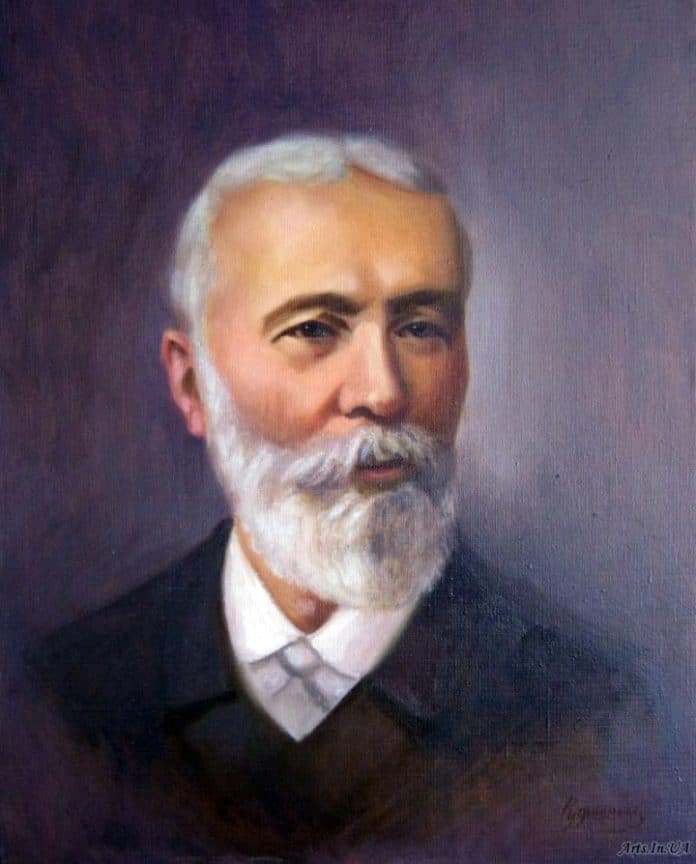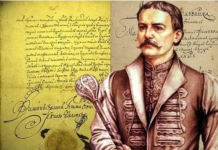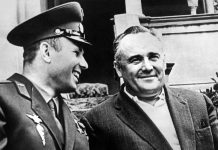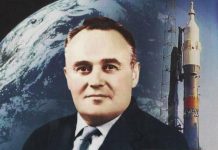As Noble Prize’s official webpage describes it: “On the evening of 8 November 1895, Röntgen was in his laboratory studying how cathode-ray tubes emit light… He discovered that the impact of cathode rays on the glass vacuum tube was generating a new kind of invisible ray. The rays had extraordinary penetrative power – they could travel long distances and make the screen glow, even when cardboard, wood, copper, and aluminium were placed in the way – and could be recorded on photographic plates. Röntgen knew immediately that he had to forego his natural reticence and disseminate this important discovery to the scientific community as soon as possible. Over Christmas, he wrote a 10-page article entitled “On a new kind of rays”, which was accepted by the Proceedings of the Würzburg Physical-Medical Society on 28 December. Röntgen named the discovery X-radiation, or X-rays, after the mathematical term ‘X’ that denotes something unknown. (He always preferred this term, even though other researchers insisted on calling it Röntgen rays.)”
Röntgen became the first who received a Nobel Prize in physics – for the detection of the rays whose nature he did not seem to understand. The same Noble Prize webpage states that although by the end of 1896, more than 1,000 books and papers had been published on X-rays and its applications, “Röntgen himself had little to do with any of this. He published only two more papers on X-rays, and apart from one public lecture in Würzburg he declined all offers for further lectures. Röntgen didn’t even give a lecture after receiving his Nobel Prize. It was as if the exposure resulting from his findings forced Röntgen to make a greater vow of silence”.
But what could be the reason for such a strange silence? Could it be that Willian Röntgen knew that there was a man who actually had discovered those rays before him and should have received credit instead of him? A man who, unlike Röntgen, knew all about those rays?
That man’s name was Ivan Puluj. Puluj’s son recalled later: “My father read about Röntgen’s discovery while lying in bed. Darting off from the bed and holding his head in his hands he kept exclaiming “My lamp!”, “My lamp!”.
The thing is that Puluj and Röntgen worked in the same laboratory in Strasburg and Puluj shared his findings with Röntgen in good faith. After Röntgen’s publication, Puluj sent a letter to Röntgen demanding that the latter should disclose whose lamp he was using during his “discovery”. Röntgen never replied and never provided this information to anyone else. In his will, Röntgen ordered that all his papers should be destroyed after his death which was diligently done.
Puluj made tremendous efforts to defend his author’s rights. Here is an article in the British The Photogram magazine published just several months after Rontgen’s announcement. And we better use screenshots of it:

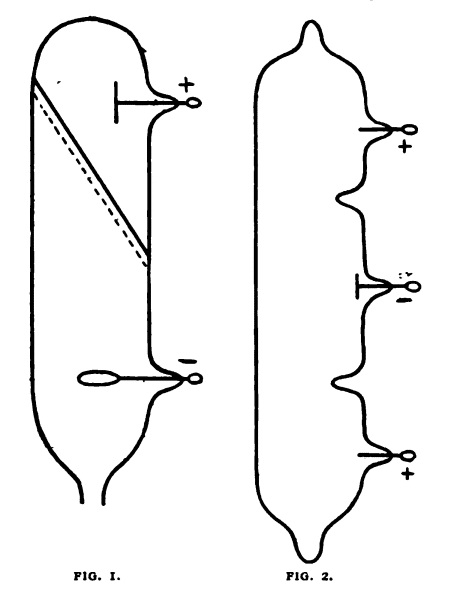
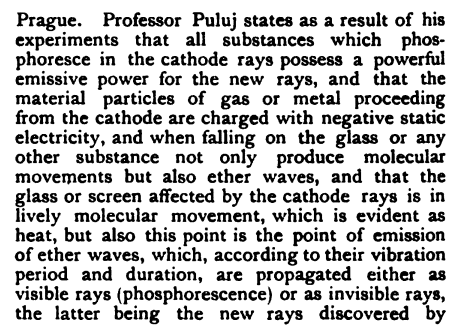
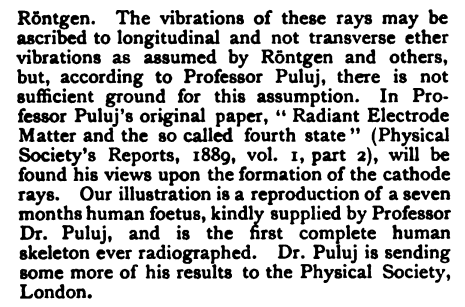
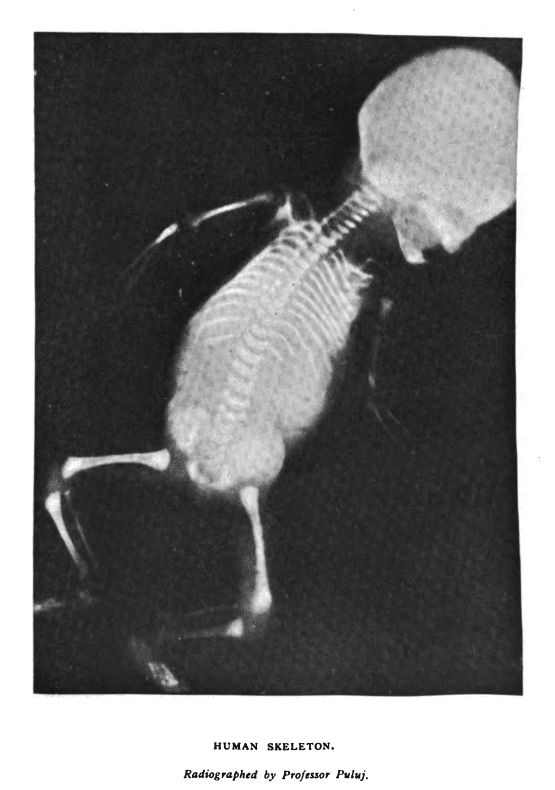
(The Photogram, Vol. III, p. 106, Dawbarn & Ward Ltd., 1896, freely accessible at Archive.org)
Puluj also turned to his good acquaintance Albert Einstein with whom they were neighbors in Prague in 1911-12. Einstien’s reply was:
“I don’t have anything to comfort you with – what happened cannot be changed already. Let the satisfaction that you put a piece into the epochal discovery stay with you. Is this not enough? But if we consider it rationally – there is a logic. Who is behind you, Rusyns — what culture, what actions? It’s unpleasant for you to listen to this… And for Röntgen stands the whole of Europe”.
Kind of strange logic, is it not? It should not be that only representatives of “large” nations have the credit for inventions, should it? (Especially if that invention is in question). Now, almost 130 years later when the world finally realized that Ukrainians-Rusyn is a powerful nation with amazing culture, maybe it is time to return to the question of Ivan Puluj’s author’s rights and give credit where credit is due (long overdue)?
To better understand how crucial Puluj’s work was, read the details of The First X-ray in the United States



